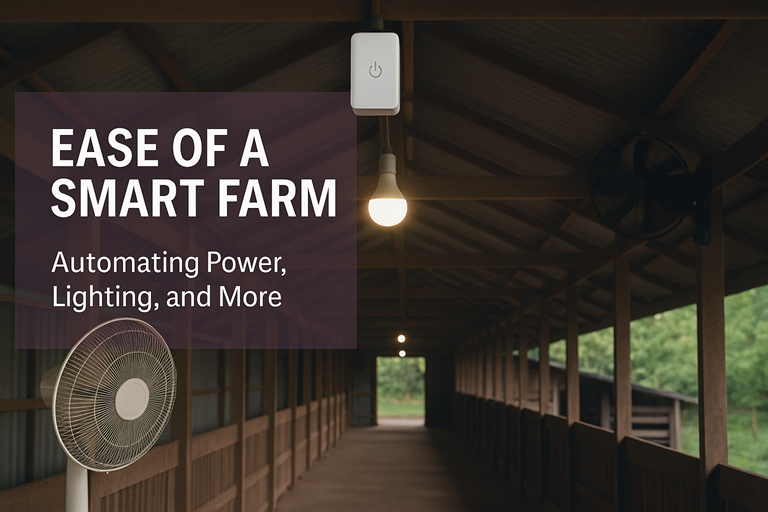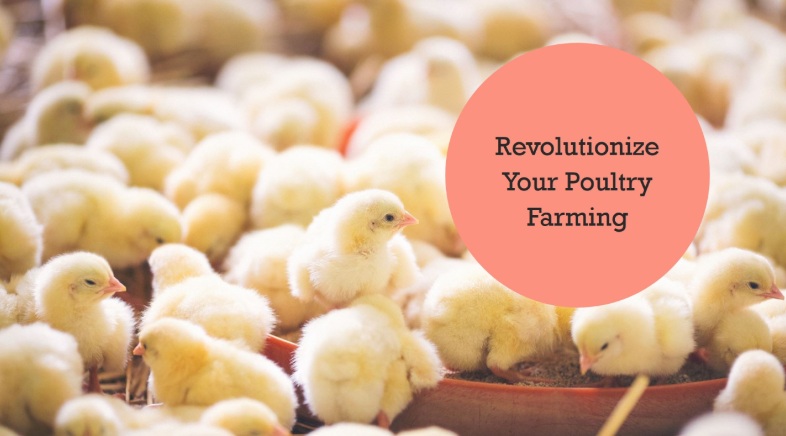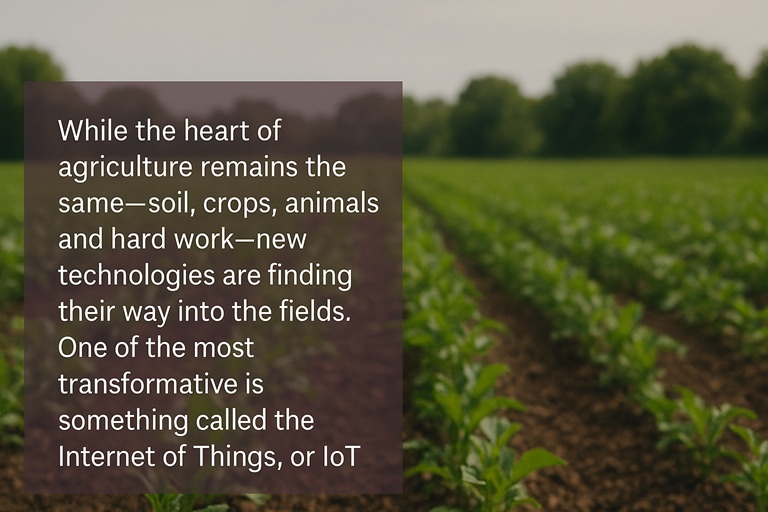There’s something deeply satisfying about walking through your farm, checking on each corner, flipping switches, and hearing machines come to life. But if you’ve ever had to drag yourself out to the field in the pouring rain just to switch on a blower—or make a midday trip just to shut off some fans—you know how tiring and repetitive those daily chores can get.
That’s where smart farming comes in. And one of its simplest, most practical benefits is automated power management.
In a smart farm setup, the tools and equipment you already use—lights, fans, blowers, heaters—can be connected to a central system. This system can be controlled through your phone, a computer, or even through voice commands. More importantly, many of these systems can work on schedules or sensors, so they turn on and off without you having to do a thing.
Let’s say you usually turn on the lights in your poultry house at 5 a.m. You don’t need to get out of bed early or even be on the farm. You just set a timer—or better yet, install a light sensor that switches the lights on automatically when it’s still dark outside. The same goes for ventilation. Fans and blowers can run based on temperature and humidity readings, ensuring your animals or crops stay at the right conditions throughout the day.
Instead of relying on guesswork or memory, the system handles it consistently, day after day. That kind of automation doesn’t just save time—it improves the health and productivity of your farm by responding to changes faster than any person could.
One of the biggest stress relievers this kind of setup offers is during bad weather. Picture this: it’s a rainy morning, and you’d normally need to trek through the mud just to turn on the lights or plug in heaters. But with smart power management, everything’s already taken care of. The switches flip themselves. And if something’s not right, you’ll get an alert on your phone, not a surprise when you finally arrive.
Power management through smart systems also helps reduce electricity bills. By running equipment only when needed, and not just based on fixed times or habits, you cut down on wasted energy. You can track power use in real-time and adjust as you go. That’s useful not just for cost, but also for managing load, especially if you’re using generators or solar power.
What makes this all possible are small, affordable devices—smart plugs, WiFi-enabled switches, sensors, and timers. These can be added to your existing equipment without major renovations or overhauls. The tech is flexible, so you can start small with just one building or a few devices, then expand as you see the benefits.
Farming will always require human care and presence. That will never change. But smart tools can take care of the repetitive, mechanical work—freeing up your time and energy for the things that really need your attention.
At the end of the day, a smart farm isn’t about turning agriculture into a science fiction story. It’s about making your work easier, your systems more reliable, and your life a bit more comfortable—whether it’s raining, sunny, or anything in between.
Because sometimes, not having to step into the mud just to flip a switch is the smartest move you can make.




